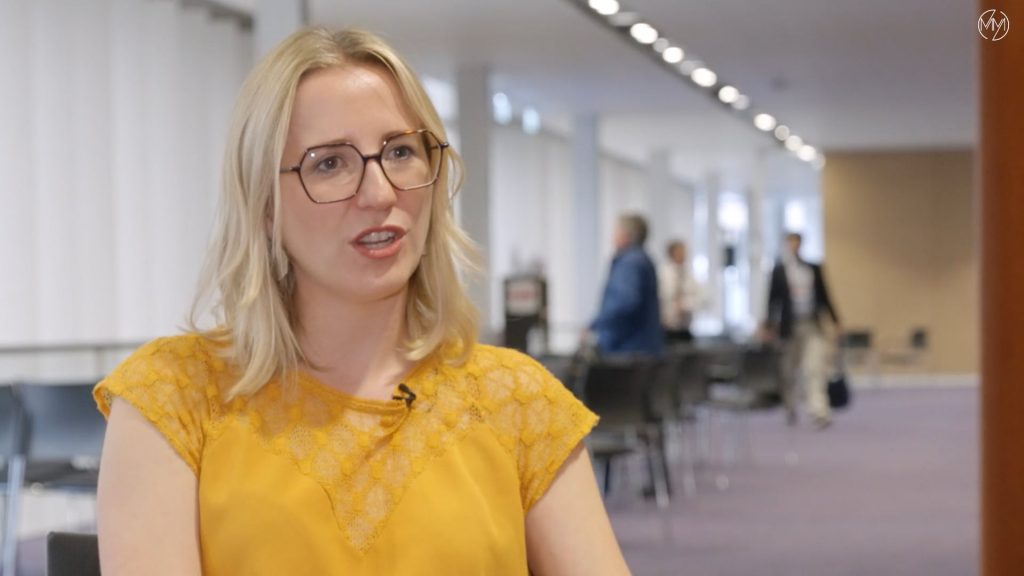Presented by Dr Thomas Damsin (CHU Liège, Belgium)
During the 2024 EADV congress, Dr Thomas Damsin, dermatologist at the CHU Liège discussed the preliminary results of the TELESPOT project. In this project, teledermoscopy (TDS) to triage and expedite the management of suspicious skin lesions.
In the project, primary healthcare centers who are confronted with a suspicious skin lesion are asked to send a macroscopic picture and a dermoscopic image of the lesion to a tertiary skin cancer center. In this tertiary center, two dermatologists evaluate the images and decide whether it concerns a low or high priority lesion. In case of a low priority lesion, the conventional care pathway is followed. For high priority lesions, however, a rapid face-to-face visit is planned with the patient and treatment is offered as soon as possible.
In total 478 lesions were recorded in primary healthcare centers. Of these lesions, 9.2% (N=44) were classified as having high priority. All these high priority lesions were subsequently also evaluated with histopathology. Of the 44 high priority lesions, 26 were non-melanoma skin cancers and all these lesions were confirmed on histopathology. The remaining 18 high priority lesions were suspicious melanocytic lesions of which 11 were confirmed to be a melanoma on histopathology (6 in situ, 5 invasive). Importantly, the mean interval between the triage of a high priority lesion and the face-to-face visit was 9 days, which is significantly faster than the conventional care in Belgium. Finally, the study also revealed an excellent satisfaction on the care pathway in patients and in the primary healthcare centers.
References:
Damsin T, et al. EADV2024. Abstract ID2626.
You may also be interested in:
Made possible with the financial support of our partners.
All videos are developed independently and are non-promotional.




